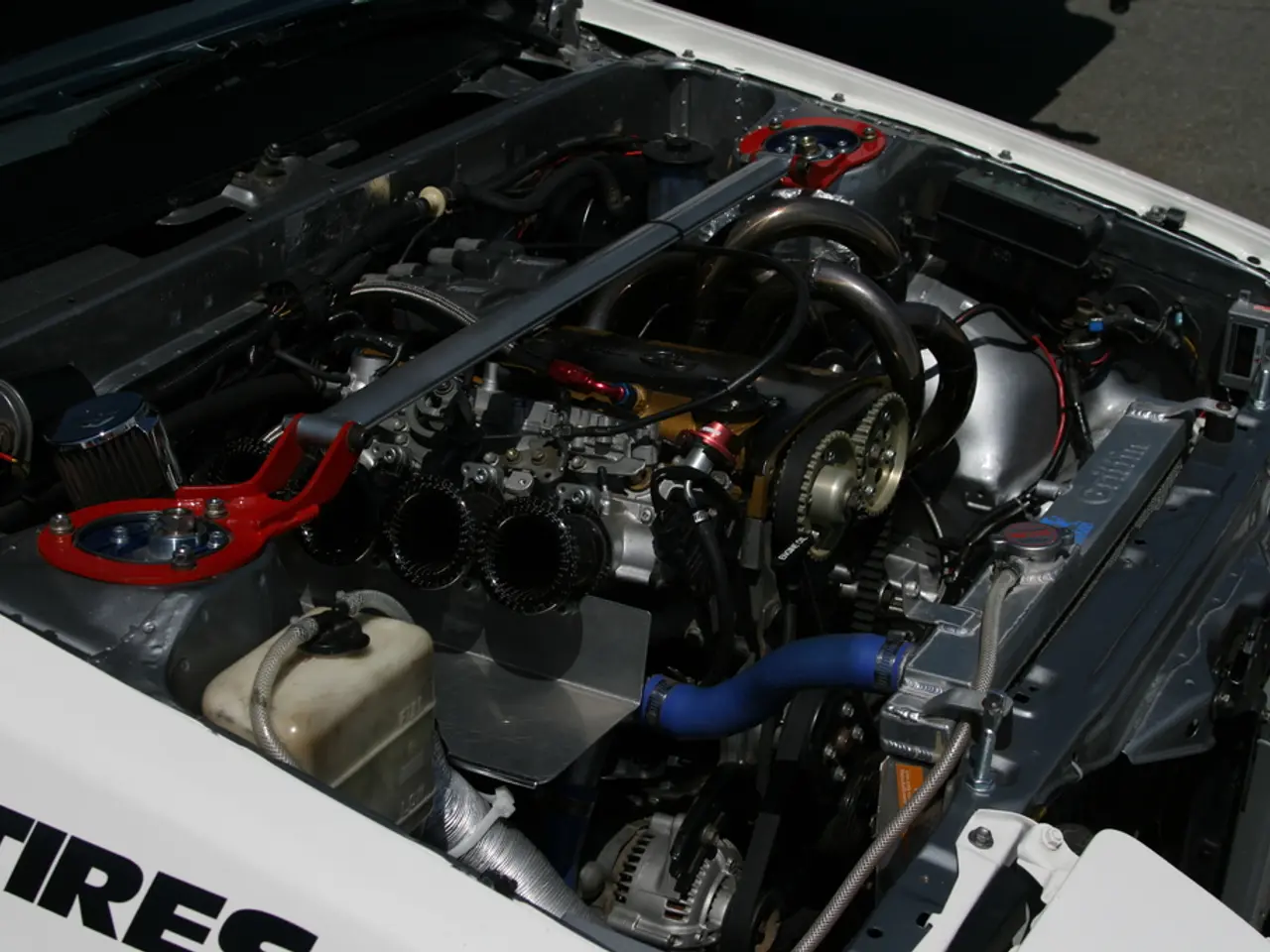Guidelines for playing with batteries
In the rapidly evolving world of technology, lithium-ion batteries have become an integral part of our lives, powering everything from smartphones to electric vehicles (EVs). However, the transportation and storage of these lithium batteries come with their own set of complexities and risks.
Every shipment of lithium batteries must be accompanied by a dangerous goods transport document, signed by the shipper, to ensure safety and compliance. This is a fundamental requirement that applies globally, but the regulations vary from country to country. For instance, in Europe, the International Electrotechnical Commission (IEC), ADR, RID, IMDG Code Amendment 39-18 by the International Maritime Organization (IMO), and The International Air Transportation Association (IATA) Dangerous Goods Regulations all play a role in governing the transport and storage of these lithium batteries.
The regulations, while essential, may not be adequate to manage the risks associated with thermal runaway, a safety risk that can lead to fire, explosions, electric shock, and the release of toxic and corrosive materials. Thermal runaway can be caused by an internal short circuit, batteries coming into contact with each other, contact with conductive material or metal surfaces, or excessive movement that leads to damage.
Existing batteries above 100Wh have less stringent transport and packaging rules compared to those below 100Wh, but increased requirements, such as testing, are imposed on shipments with batteries weighing over 333kg. Batteries, whether new or returned, are designated as Class 9 dangerous goods.
For logistics service providers (LSPs), the biggest challenge lies in safely storing batteries, particularly as they await new insights and regulations. The specific challenge faced by LSPs in loading and unloading lithium batteries in Europe indicates the complexity and regulatory strictness surrounding the handling of these batteries due to safety, regulatory compliance, and transportation risks.
Lack of awareness of the applicable legislation is a challenge faced by both shippers and freight forwarders when moving lithium batteries. To address this, companies like Kuehne + Nagel have introduced services like KN BatteryChain, which employs specially trained battery experts to handle the complex issues associated with moving batteries.
In 2019, the number of amendments relating to lithium batteries has doubled compared to 2018, with a significant number of these amendments being considered or introduced to the UN's Transport of Dangerous Goods charter. This highlights the ongoing efforts to improve safety measures and regulations for the transportation of lithium batteries.
Despite the challenges, the importance of lithium-ion batteries in powering our modern devices and electric vehicles cannot be overstated. With continued investment in solutions for safely storing batteries and a better understanding of the applicable regulations, the future of lithium-ion battery transportation looks promising. However, the uncertainty surrounding upcoming regulations and the potential risks associated with thermal runaway remain significant challenges that need to be addressed.
Read also:
- Electric-powered vessels take to the waters of Maine
- Fragrance imports from Kaş might have been among Europe's earliest bottles discovered.
- Tech mogul Erik Bergman, founder of Great.com, contributes a million dollars to clean water initiatives in Africa.
- Decarbonization drive in Singapore is being spearheaded by electric watercrafts








